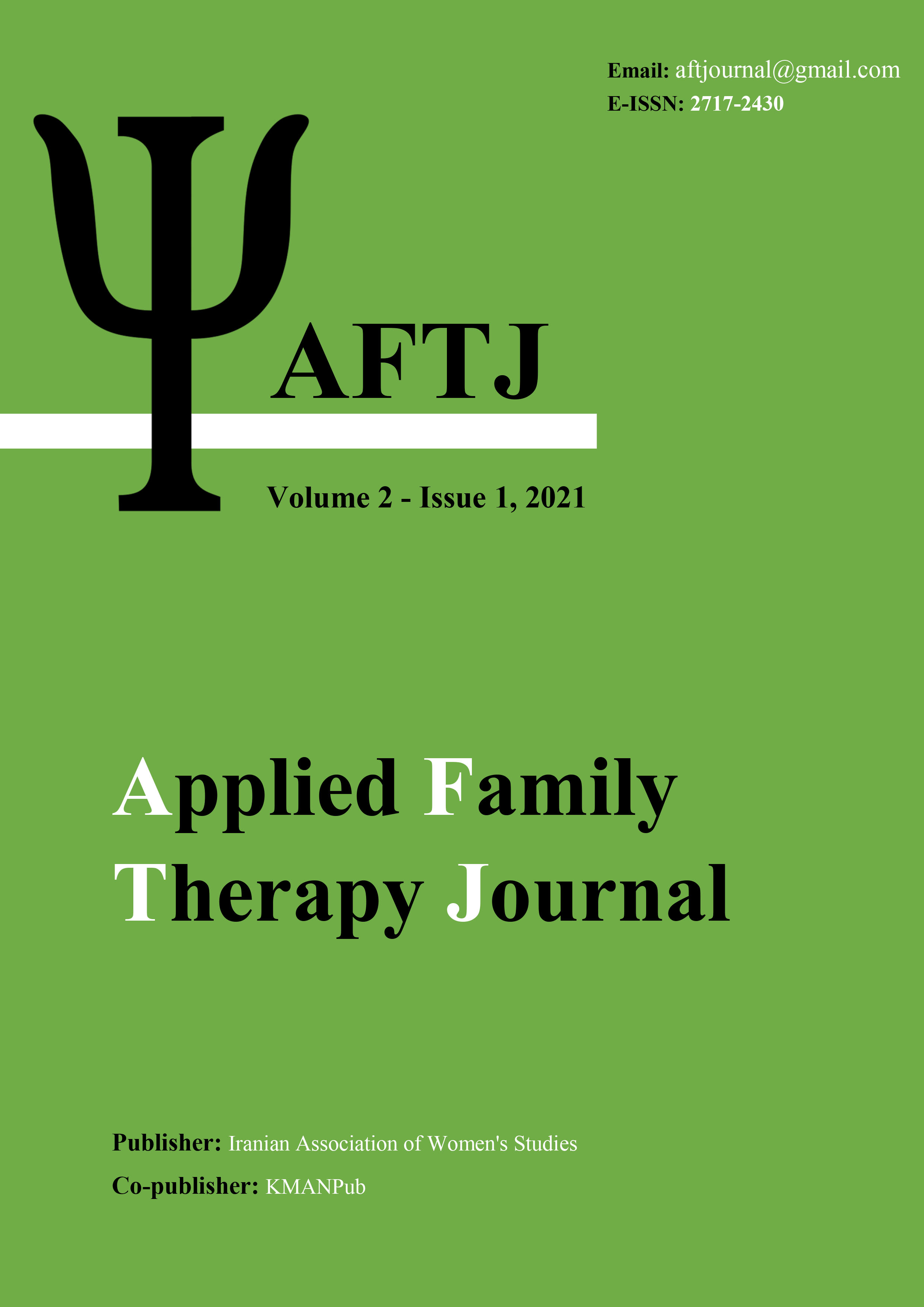The causal relationship between emotion regulation and suicidal ideation mediated by marital satisfaction in earthquake-stricken women
Keywords:
Emotion regulation, Suicidal ideation, Marital Satisfaction, Earthquake-StrickenAbstract
Aim: This study was aimed to determine the causal relationship between emotion regulation and suicidal ideation mediated by marital satisfaction in earthquake-stricken women. Method: The research method was descriptive and correlational, and the statistical population included 21988 married women with earthquake experience in Sarpol Zahab city in 2018. In this study, 600 women were selected by simple random sampling method, and they completed the Cognitive Emotional Regulation Questionnaire (Grenfsky et al., 2001), Suicidal Ideation (Beck, 1979), and Short Form Marital Satisfaction (Enrich, 1979). Data analysis was conducted using Pearson correlation coefficients and multivariate regression and structural equation modeling with SPSS-24 and AMOS-22 software. Results: The results showed that the conceptual model of the research had an acceptable fit. In general, in the proposed research model, the results showed that emotion regulation has a relationship both directly and indirectly with suicidal ideation through marital satisfaction in earthquake-stricken women. Also, the results showed that there is a positive and significant relationship between maladaptive emotional strategy and suicide ideation. Also, there is a negative and significant relationship between maladaptive emotional strategy and marital satisfaction (P <0.05). This relationship was negative and significant between emotionally adaptive strategy and suicide ideation. And it was positive and significant between emotionally adaptive strategy and marital satisfaction (P <0.05). Conclusion: According to the results, it can be said that emotion regulation and marital satisfaction are important determinants for suicide ideation in women affected by earthquakes.
Downloads
Downloads
Published
Issue
Section
License

This work is licensed under a Creative Commons Attribution-NonCommercial 4.0 International License.





















